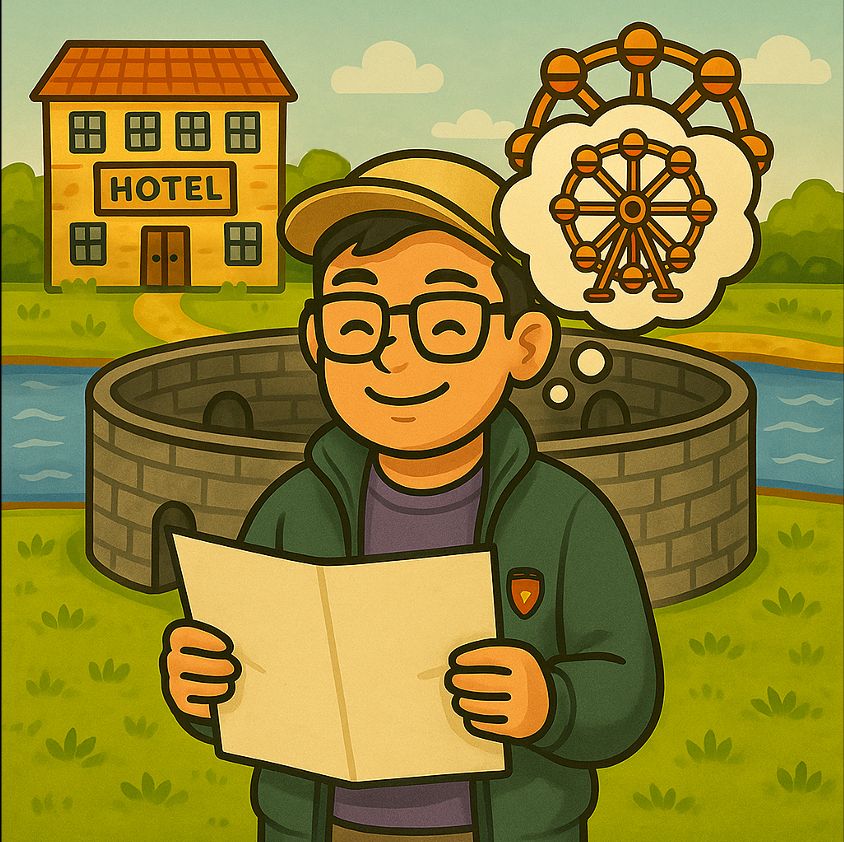Denis Lan
@denislan.bsky.social
63 followers
96 following
6 posts
phd student in psychology @ oxford uni, summerfield & hunt labs
Posts
Media
Videos
Starter Packs
Pinned






